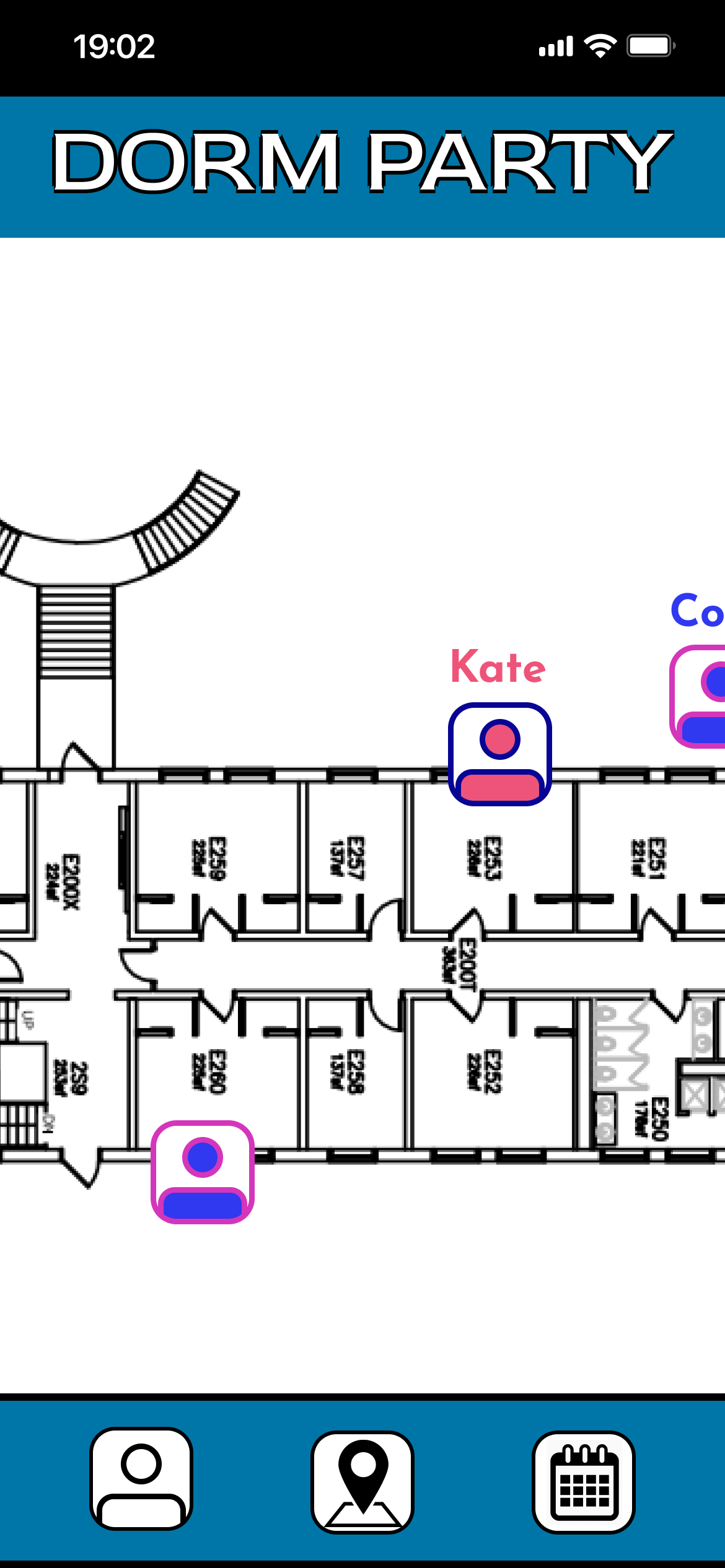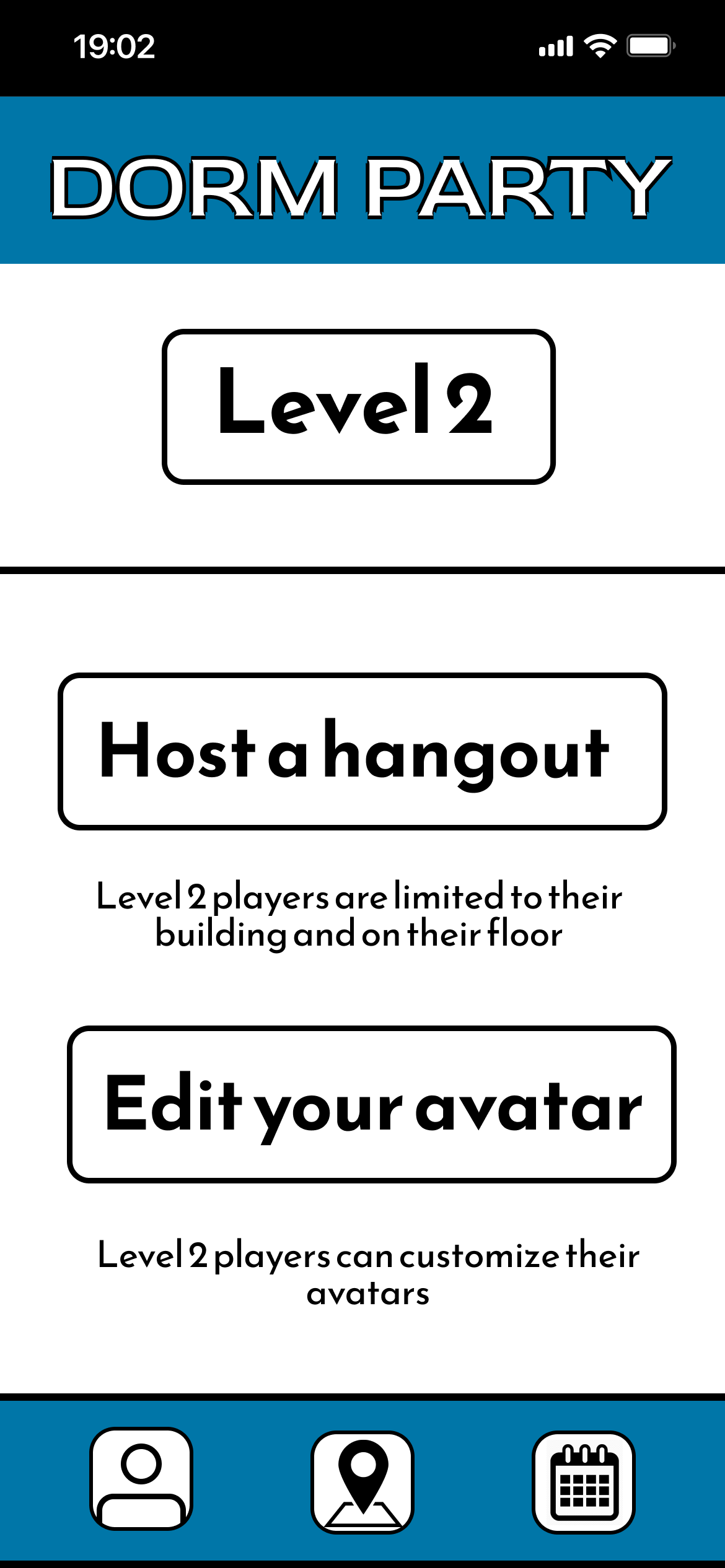June 2022
In the fall of 2021, I conducted in-depth research to learn more about the experience of undergraduate students living in dorms. The Office of Residential Life at Brown is going through major changes in order to improve their facilities and programs.
In order to understand what might make the situation more desirable to prospective students and more livable for current students I worked to answer the following question:
How might we improve the student experience of living in dorms?
Research Method: Interviewing
I took the lead on designing the interview questions for several different groups of interviewees, including students, residential peer advisors (RPLs), and staff in the Office of Residential Life.
I designed the questions to help gain the trust of interviewees, elicit stories about their experience, and to probe unspoken beliefs or underlying assumptions.
The questions all help to answer big-picture inquiries such as "how do students relate to their living spaces?" and "how do the physical aspects of student's rooms affect their experiences in dorms?"
Research Method: Room Inventories
By asking participants to inventory their living space during the interview, we were able to explore discrepancies between how students explained their experience in dormitories and how they behaved in their room.
This exercise also helped to reveal aspects of dormitory living that interviewees otherwise might not have thought to mention, and gave rise to stories which provided a rich source of data.
Empathy map
We conducted five interview with students, and I annotated and tagged the interview transcripts. I created an empathy map with direct quotes from interviewees in order to identify common experiences across students and to extract insights from the data.
Using the empathy map, I listed the students' various needs and synthesized insights about how students feel about the process of choosing dorms and living in them, and created a series of "how might we" statements in order to identify the problem.
how might we...
ensure students who don't know each other live together respectfully?
increase students' trust in community members?
allow students to chose who they live with and live near?
provide additional support to foster community beyond existing friend groups?
make students feel safe and like their privacy is being protected?
make on-campus living more like off-campus living?
reduce incidences of unpleasant or harmful interactions in shared living spaces?
make community-building a desirable perk of on-campus housing?
Divergent BRAINSTORMING solutions


user flow and wireframe for "dorm party" app
Several ideas from the brainstorming exercise were combined to create the user flow for a new app, which helps to address a couple of the most important "how might we" questions raised from the research. A diagram of the user flow and a wireframe were created.
USER FLOW DIAGRAM




SCREENS FROM WIREFRAME


Before continuing, I identified the main assumptions that I had come to from my initial generative research and conducted additional evaluative research in order to test my initial assumptions.
testing and validating assumptions
Assumption 1:
Students' primary problem with living in the physical dormitories are non-functional amenities
ASSUMPTION 2:
Students' primary social problems living in dorms are unpleasant social interactions and lack of structure to build community
Assumption 3:
Students want to use an app to fix these problems associated with living in dorms
quantitative testing
A survey was shared with all members in the Brown University Class of 2023 Facebook group, and 40 students completed the survey. For each question, the respondent was allowed to select multiple options.
The top three "major issues" with the physical space were related to non-functional amenities, validating assumption #1.
The top issue with the social space that respondents reported was not being able to meet new people. The next four most prevalent responses had to do with unpleasant social interactions, validating assumption #2.
A majority of respondents reported that they would use a digital product to help fix this problem, and that they preferred a mobile app.
Qualitative Testing: Storyboard review
A storyboard was created and reviewed by potential users to test the concept of the app and to investigate whether or not it solved the major issues that students reported.
From the initial feedback, I learned that people are uncomfortable with information about parties being public on an app, due to social norms and a fear of having a digital record of underage drinking.
Next steps
In the next steps of this project, I will get more feedback on the storyboard, and conduct a second round of ethnographic interviews with a focus on students' social experiences living in the dormitories. This should help me to understand how to use the app to make meeting new people easier without causing uncomfortable social situations.
Then, I will update the wireframe and conduct concept testing and initial testing of the prototype. This will provide information and insights on whether or not users' expectations of the app matches the reality, and which features are most essential to the product.




